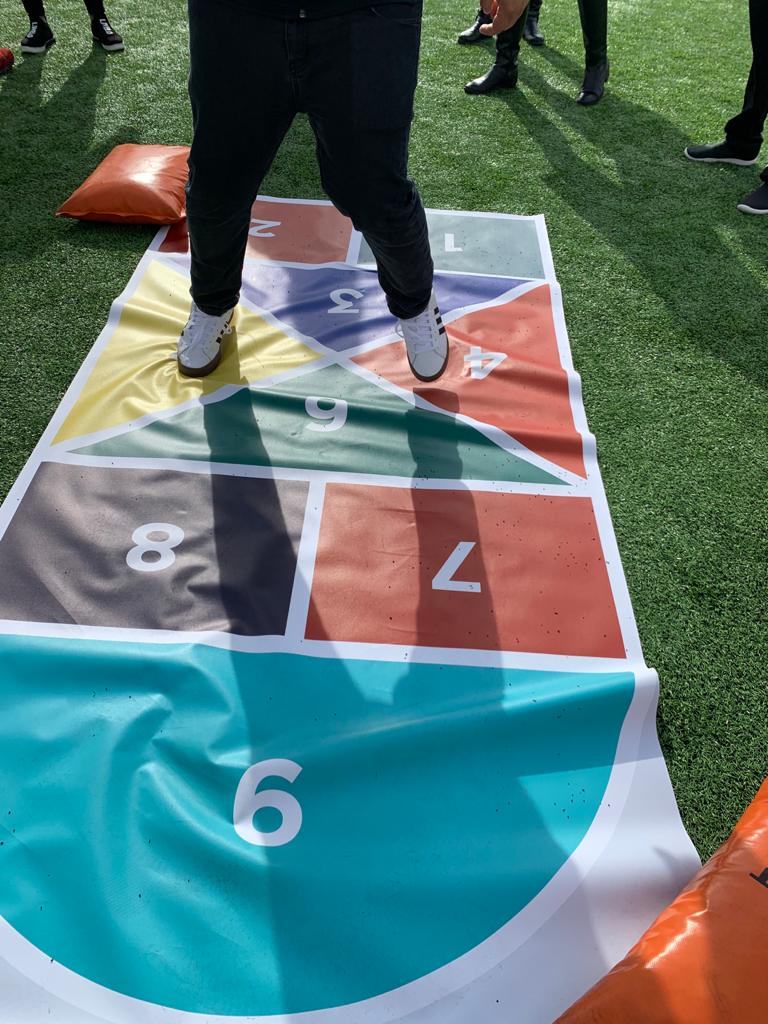Passju

About Passju
Passju (Hopscotch in English) began in ancient Britain during the early Roman Empire. The original hopscotch courts were over 100 feet long and used for military training exercises. Roman foot-soldiers ran the course in full armour and field packs to improve their footwork, much the same way modern football players run through rows of truck tires today.
Roman children drew their own smaller courts in imitation of the soldiers, added a scoring system and “Hopscotch” spread throughout Europe. ‘Passju’ as the game came to be known in Malta became popular in our islands under British rule and was commonly played in schools and by children in village streets up until only a few decades ago. Sadly, this simple game has diminished greatly in its practice so that you will rarely see children enjoying it.
How to play Passju
Each player has a marker, usually a common stone. The first player tosses his marker into the first square. The marker must land completely within the designated square without touching a line or bouncing out. If not, or if the marker lands in the wrong square, the player forfeits his turn.
If the marker toss is successful, the player hops through the court beginning at square one. Side by side squares are straddled, with the left foot landing in the left square and the right foot in the right square. Single squares must be hopped into on one foot. For the first single square, either foot may be used. Subsequent single squares must alternate feet.
Interested?
This post is also available in:
 Malti (Maltese)
Malti (Maltese)

